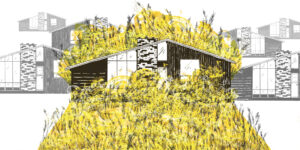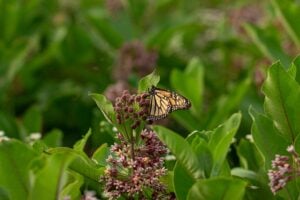A ‘top down’ approach has its advantages sometimes. Take the view from my balcony for example. Gazing down from a 10th floor apartment overlooking the Don Valley could convince one that there’s plenty of trees in the forest. In fact, from this same vantage point you can’t see the houses for the trees. A street level perspective leads, however, to another conclusion.
Ward 29, situated on the east side of the Don Valley and north of Danforth Avenue, is a mixed community of commercial and residential buildings. This area was first settled in the 1790s. With settlement came deforestation. The original old-growth forest was depleted as the land was cleared for housing, market gardening and commercial uses.
The push is on to reverse that situation. Local councillor Mary Fragedakis’s call to increase the tree canopy in Ward 29 was answered by a group of residents who appreciate the contribution trees make to urban living and who are willing to speak to their neighbours about the free trees available from the City of Toronto.
The trees are free and will be planted by the city on city property in the spring and fall. Homeowners are encouraged to show stewardship and water the trees.
The City’s Urban Forestry Department has identified certain species that are particularly suited to local conditions. Among the species are the white oak (native to southern Ontario), the tulip tree and the honey locust (native to North America) and the London plane, redmond linden and freeman maple (European/Asian natives and hybrids).
The benefits of more trees in the city are many. Trees reduce the urban heat island effect (reduce cooling and heating costs; filter air pollution; generate oxygen; cool streets — shade in summer and protection from the winds in winter. They offer habitat for birds and other fauna, increase property values, reduce storm water run-off, and add living beauty to communities. Shade in playgrounds and schoolyards encourages physical activity and the health benefits that come with outdoor play.
The ideal tree canopy for cities is estimated between 30 and 40 per cent. Currently at 28 per cent, Toronto aims to reach a target of 40 per cent in the next 40 to 50 years — the time it takes for some species to reach maturity and provide the optimal benefits trees confer on urban spaces. Ward 29 is poised to do its part in this city-wide initiative.




